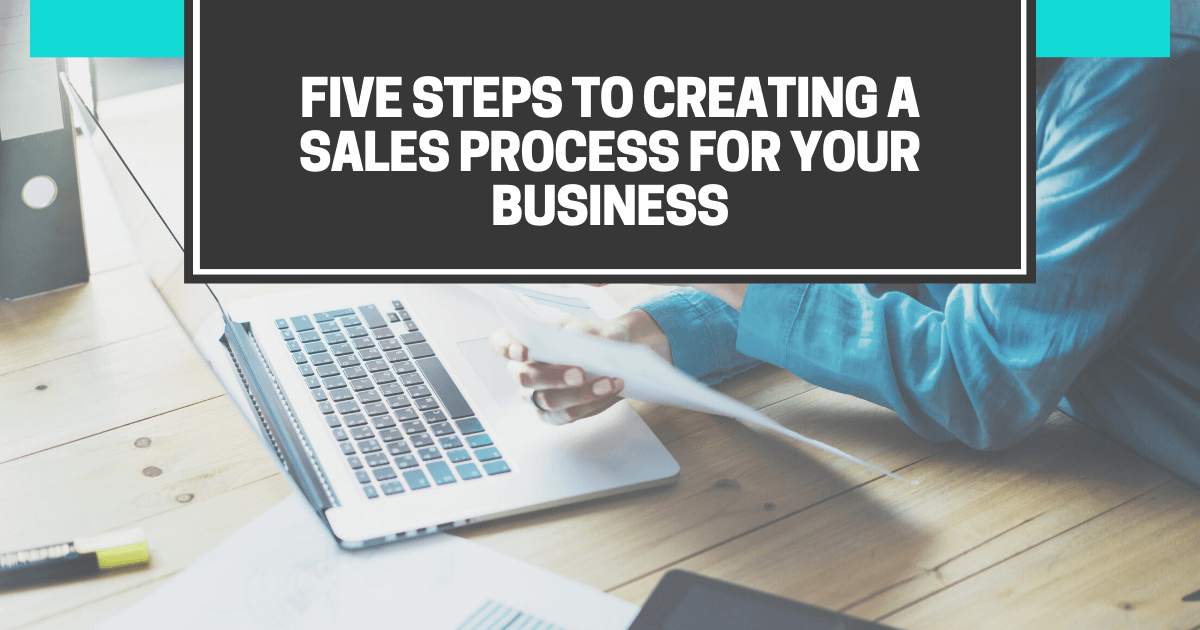
The sales process is a crucial part of any business, and it's essential to make sure that the proper steps are taken throughout this process. Otherwise, you might be wasting your time on unqualified leads that might never turn into customers, if only you just had better tools in place.
This detailed guide will explain what an effective sales process is and how to create one that works for your business. We’ll also give you some valuable sales process examples to help you get started on the right foot.
What is a “sales process?”
A sales process is a specific sequence of steps that sales teams use to turn qualified leads into customers. The sales process often identifies prospective buyers’ needs, wants, and problems.
A typical sales cycle will typically include the following stages:
- Lead Generation/Prospecting
- Qualification
- Initial sales call
- Follow-ups and sales calls
- Negotiating a deal or closing the sale
- Delivery of products/services, payment collection, post-sales follow-up.
Seven Essential Steps in a Successful Sales Process
Now that you know what a sales process is, let's consider the stages you should include in your own sales process.
1. Lead Generation/Prospecting
Prospecting is the most crucial step in sales, one which you can never move forward without. It’s your chance to find new leads with potential and help them understand what they need from a product or service like yours.
This stage will also allow you to identify contacts with specific problems your products or services might solve.
Prospecting might involve online research, sales meetings, networking events, cold calling, or email outreach.

2. Engage New Leads
This is the stage where you begin to engage new leads. You’ll usually do this by emailing them or calling them up, and it will allow you to tell your sales story through a series of personalized messages.
It also allows you to set up appointments for more in-depth conversations with potential customers at their convenience.
Remember that sales managers often spend about 80% of their time in this stage, which is why it’s crucial to craft a sales story that will engage new leads and get them interested.
Pro Tip: The 7 Best Ways to Nurture Leads: Proven Lead-Nurturing Strategies
3. Qualify New Leads
Once you’ve engaged new leads, your sales process will move to the next stage, which involves qualifying them.
The qualification consists of assessing whether or not qualified leads can become customers, as well as determining the budget they have for your product or service. You also discover the needs and demands of new leads, including how much time they’re willing to spend in the sales process.
Next, specific sales goals need to be defined. Your sales goals should be based on whether or not your leads plan to make short-term or long-term purchases - each of which might require different follow-up strategies (more about that later).
Let Us Help You Get Started!
Pulse CRM delivers more than software. We’re your partner in success.
We fully set up your CRM, including importing your data, configuring sales and marketing automations, designing branded email templates, writing engaging email copy, setting up sales pipelines, and much more.
4. Give an Effective Pitch
After you have qualified a lead, you’ll need to give an effective sales pitch.
Your sales team should clearly understand what their leads are looking for, as well as how they can help leads find what they’re looking for via your product or service. A good salesperson will always focus on the customer's needs first rather than their own.
This is your chance to create a personalized sales pitch using unique stories to create new leads that are interested and engaged with you as a salesperson. Your ultimate goal is to provide a proposition of value that will win new leads over and convince them that your product or service is the best solution for their problems.
5. Address Prospect Concerns
Now that you have given new leads a personalized sales pitch, they might discover that they have some objections during the sales process.
These are good signs because it means that your leads are engaged and thinking critically about what you’re offering them. Therefore, you should try to stay focused on their problems, rather than trying to close the sale right away.
Potential concerns might include price issues or lack of trust— problems which you can overcome. By giving more personalized sales pitches with stories, you can entertain, as well as educate leads on how your product or service can better their lives.
I would also suggest creating objection-handling sales scripts to help your team respond to these objections quicker.

6. Close the Deal
After you have addressed prospect concerns, it’s time to close the deal.
This is where you and your team should review what was said in all previous sales process stages. Resolve any lingering problems that might stand between new leads and a purchase.
This sales stage is crucial because it helps salespeople figure out whether they have convinced new prospects of the value you are offering—and if not, why not? This is where you can see if sales goals were met, as well as where the sales process ends.
If your team couldn’t close a deal, they should go back to step four of this sales process and try again. Use new personalized pitches that address any concerns prospects might have identified through their objections.
7. Nurture the Relationship
After you have closed a deal, you need to nurture the sales relationship with your new customers.
This sales stage helps your organization keep relationships strong, as well as maintain communication channels that can be used for future sales pitches or referrals. You should always stay in touch with your leads, even after you’ve made a sale, so they don’t feel like they’re being solicited after initial interactions.
This sales stage is vital because it helps you and your team figure out if customers need additional help with their products or service, which can lead directly into step four of the sales process.

Five Steps to Creating a Sales Process For Your Business
Now that we discussed the seven essential stages of a sales pipeline, let’s look at how you can create a sales process for your business.
1. Define Your Business Goal
The sales process starts with knowing exactly what you want to achieve through your sales pipeline. Examples include wanting to increase the number of new customers and attempting to generate more revenue from existing customers.
It’s essential to pick one goal because it can help you identify which stages in your sales process are most important, as well as determine whether or not they're working for you.
2. Create a Sales Process That Will Help You Achieve This Goal
Once you know your goal, you should start planning out the different stages in your sales process that will help achieve this goal.
For example, if one of your goals is to increase new customer revenue, it’s crucial to have an effective strategy for converting leads into actual customers!
You can plan these steps through brainstorming, which is best done with your whole team. You should also consider the resources available to you, like marketing channels or products and tools that can help you achieve these goals!
3. Determine The Steps Needed to Complete Each Task in The Sales Process
Now that you have laid out the sales process steps, it’s time to plan out exactly what each step entails.
This is where you should break down different tasks for each stage in your sales process—just like we did above!
This step is vital because it will help you identify where different tools and tactics can be used during the sales process stages. In addition, this enables you to determine which steps might need to happen and at what times, so that everything runs smoothly rather than haphazardly.
Write Out an Action Plan
4. Write Out an Action Plan for How to Execute These Tasks
Now that you have your steps outlined, you need to figure out how these stages will be executed.
For example, if one of the tasks in a sales process is for leads to complete an inquiry form on your website so they can sign up for a demo—you should outline exactly what needs to happen during this step and who is responsible for it.
You should also outline what happens after this task is complete to signify that the sales process has ended successfully!
5. Review and Revise as Needed - Don't Forget to Test it!
Once you have your sales process written out, it’s time to start tweaking and testing how effective this new system is.
You should review your sales process from top to bottom. Then, evaluate whether or not each step is necessary and if it’s still the best way of achieving your business goals.
If there are specific steps within a sales process where leads aren't converting into customers, then this is where you should spend your time.
This might mean trying out new sales tools or marketing channels to help with these steps. It could also mean revising the stage in question so that leads are more likely to convert successfully.
Let Us Help You Get Started!
Pulse CRM delivers more than software. We’re your partner in success.
We fully set up your CRM, including importing your data, configuring sales and marketing automations, designing branded email templates, writing engaging email copy, setting up sales pipelines, and much more.
Conclusion
The thing about sales processes is that they're not one-size-fits-all. Your strategy will be different from your competitors, and you need to make sure it fits your company's needs.
That’s why we created this guide, so you can learn what an effective sales process looks like, as well as how to make one for your business. We hope this info helps! If there are any questions or concerns, feel free to reach out anytime.



